-
Posts
1,781 -
Joined
-
Last visited
-
Days Won
8
Content Type
Profiles
Forums
Blogs
Gallery
Events
Store
Posts posted by azyeoman
-
-
Obverse of the box and medal with original ribbon.
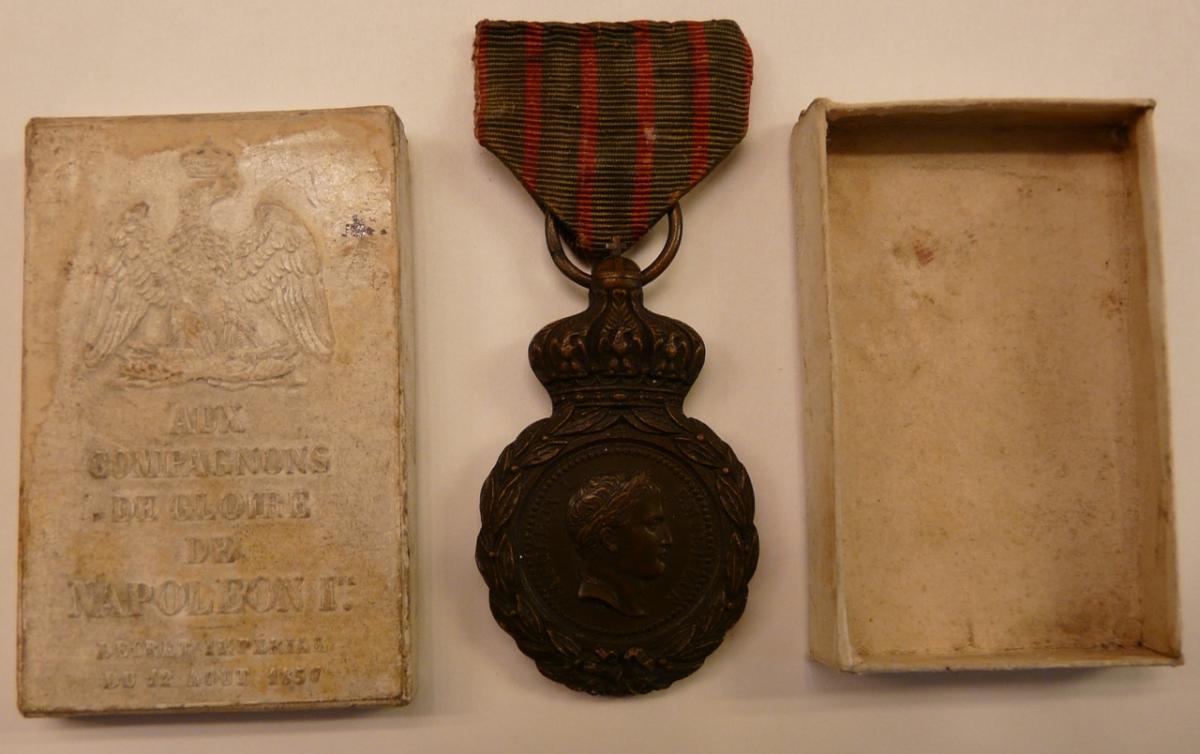 0
0 -
Close ups.
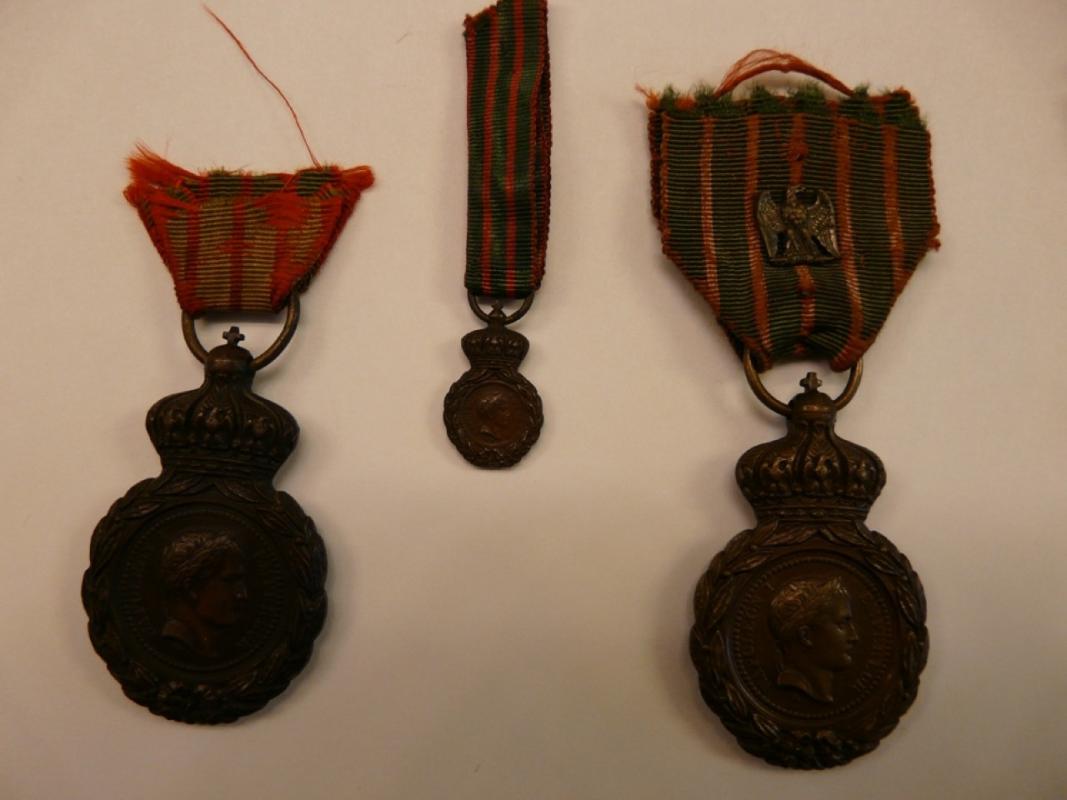
 0
0 -
The ubiquitous and often extremely overpriced St. Helene medals are arguably one of the most aesthetically pleasing medals and historically commemorate one of the most interesting periods of military history. What is much rarer than the medals themselves are the brevets that accompanied the medals and rarest of all is the original box in which the medals were issued. The medals in the attached photograph are from left to right with an original full-size medal with a portion of the original ribbon, the smallest version of the miniature with original ribbon, a full-size with original ribbon and veteran's society eagle device, the larger of the miniatures with modern ribbon and lastly a full-size with a replacement modern ribbon. The number following the surname in the thread below indicates the number of the brevet and NOT the service number.
 1
1 -
Plating doesn't bother me, but I sold a Canadian group that had been plated, mounted and worn to a prominent dealer in the UK who said they'd have been worth more if they weren't plated. It's very odd to me that it would make a difference.
0 -
Here's one to get us back on track.

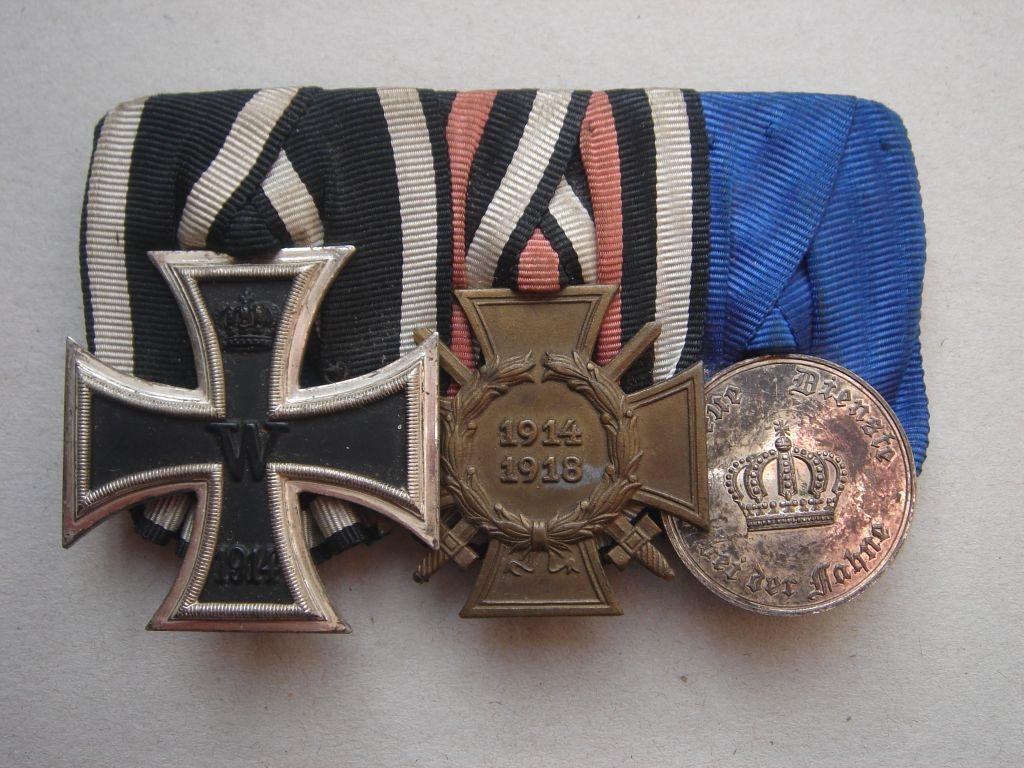
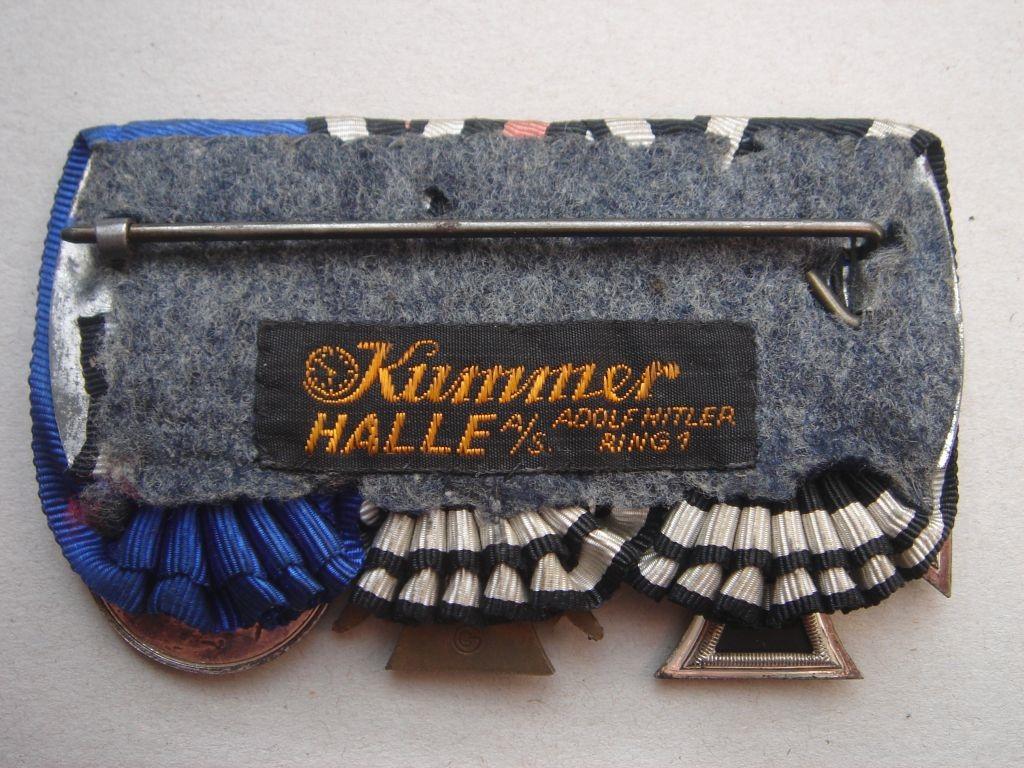 0
0 -
What a shame that is the situation in S. Africa. I guess the majority don't think about how their grandfathers and great grandfathers were in uniform in both world wars. Perhaps they look at it as just an imperialist issue. Here in the States, the indigenous peoples are very proud about their service and their ancestors' service all the way back to the Indian campaigns. Thanks for the info on what happened in Taiwan recently. I'm not sure if the bulk of Asians will ever forgive or forget the Japanese atrocities; even in a couple of generations. I have students who talk of those atrocities as though they happened yesterday and they were born fifty years or more after the surrender. The Japanese really don't seem to have a clue how the world feels about what they did.
0 -
One site says he died on 28 May and another on 27 May 1944; understandable with the international date line. Although he was interned in Taiwan and died there, he was buried in Sai Wan Cemetery in Hong Kong in 1946. May he rest in peace.
His tombstone reads:
10777320 Gunner
W.J. Butler
Royal Artillery
28th May 1944 Age 32
"Always in my thoughts
Dearest son
Till we meet again"
http://www.powtaiwan.org/The%20Men/men_honour.php?page=8
 0
0 -
Gunner William Joseph Butler was held on Taiwan in Taihoku Camp 6.
TAIHOKU POW CAMP # 6 Camp Opened: 11/14/42 - Camp Closed: 09/06/45The first POWs to arrive in Taihoku Camp # 6 came on November 14th, 1942 from Singapore on the hellship England Maru. After disembarking at the port of Keelung, the men were taken by train to Taihoku (Taipei) the capital, and made to march through the streets of the city to their new camp about three miles northeast of the downtown area. Lining the route was the local population, including hundreds of school children, turned out by the Japanese to show off their conquests.
The No. 6 Camp at Taihoku was the main POW camp in the capital area, and one of the principal camps on Taiwan. At first it was comprised mainly of men from the 5th Field Reg’t., R.A. and the 9/11th Indian Division Signals. However, over the next three years men from other regiments were moved in from other camps. The population of the camp averaged around 500 men for most of the time it was in existence and 74 POWs died there.
Camp #6 contained almost entirely British POWs. The men slaved at building a memorial park and a man-made lake for the Japanese. They were also engaged in farming, and some later worked in the railway and bus repair shops.
This camp was the main transit camp for the movement of POWs to and from Kinkaseki, and it was also the camp that the POWs from other camps passed through on their way to Japan and Manchuria in late 1944 and early 1945. In the last months of the war a few American and Dutch POWs were also interned there.
It was from this camp in July 1945 that 150 men were sent to build another "satellite camp” - called the Oka Camp in the hills north of the city and where the Japanese intended to kill all the POWs from Camp # 6 if the Allies landed on Taiwan. Conditions there were so bad that ten men died while building the camp and seven more died within two days after returning to the main camp following the Japanese surrendered. Taihoku Camp # 6 was finally evacuated on September 6, 1945.
The site of the Taihoku # 6 Camp was located and confirmed in 2000, and for many years the Taiwan POW Camps Memorial Society had desired to erect a POW memorial there. However the site was just an empty field until 2009 when the ROC Ministry of Defense started to build their new headquarters complex in that location.
Early in 2011 the Society approached the Ministry with a request to erect a memorial near the former camp site and this was approved by the minister and wonderful co-operation was received from the MND who took great interest in the project. The memorial was dedicated on Remembrance Day - November 11, 2011. We are grateful to the ministry and the minister for taking such an interest and giving support to this project so that the men of Taihoku Camp # 6 will always be remembered.
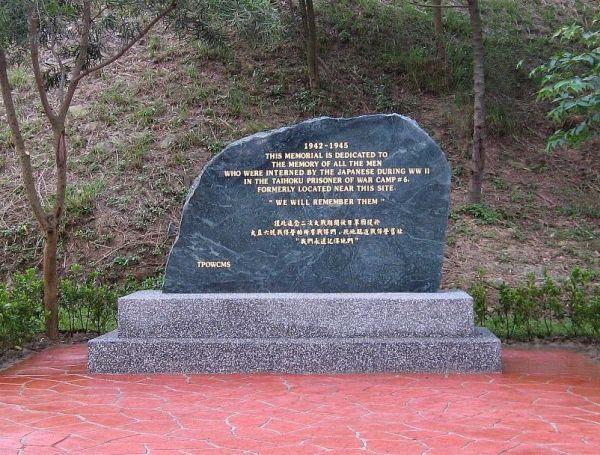
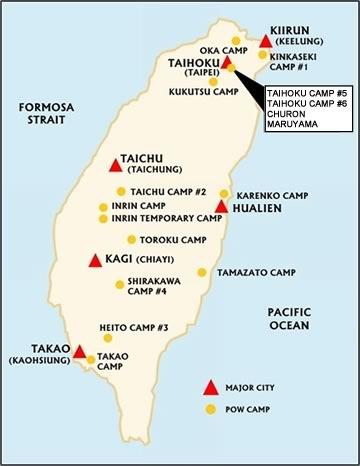 0
0 -
During World War 2, the Japanese Armed Forces captured nearly 140,000 Allied military personnel (Australia, Canada, Great Britain, India, Netherlands, New Zealand, and the United States) in the Southeast Asia and Pacific areas. They were forced to engage in the hard labour of constructing railways, roads, airfields, etc. to be used by the Japanese Armed Forces in the occupied areas. About 36,000 were transported to the Japanese Mainland to supplement the shortage of the work force, and compelled to work at the coal mines, mines, (See first page in thread) shipyards, munitions factories, etc. By the time the war was over, a total of more than 30,000 POWs had died from starvation, diseases, and mistreatment within and outside of the Japanese Mainland. 37,583 prisoners from the United Kingdom, Commonwealth and Dominions, 28,500 from Netherlands and 14,473 from the United States were released after the surrender of Japan. At the end of the war, the Japanese Armed Forces destroyed all documents related to the POW Camps. Furthermore, the Japanese Government had been very negligent in keeping records of such historical facts during the war. In addition to the number of POWs who reached Japanese camps, approximately 11,000 POWs tragically lost their lives when allied air and submarine forces attacked the ships transporting the POWs to Japan, (See sixth page in thread) cruelly & ironically the Japanese frequently painted supply ships with Red Cross’s, yet did not do the same for those vessels that actually deserved these markings. The organisation of POW camps in Japan was repeatedly reformed and rearranged, so the main camps, branch camps, dispatched camps and detached camps opened during the war numbered about 130. On the other hand, there were some that were closed. Thus, in addition to the seven main camps there were 81 branch camps and three detached camps at the end of the war. 32,418 POWs in total were detained in those camps. Approximately 3,500 POWs died in Japan while they were imprisoned. (Forces War Records)
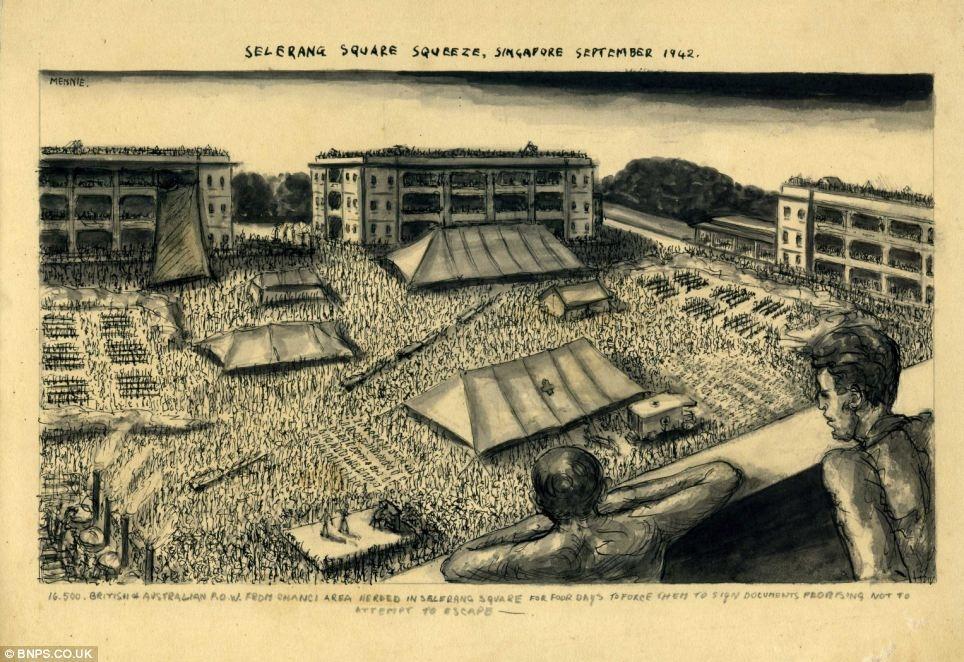
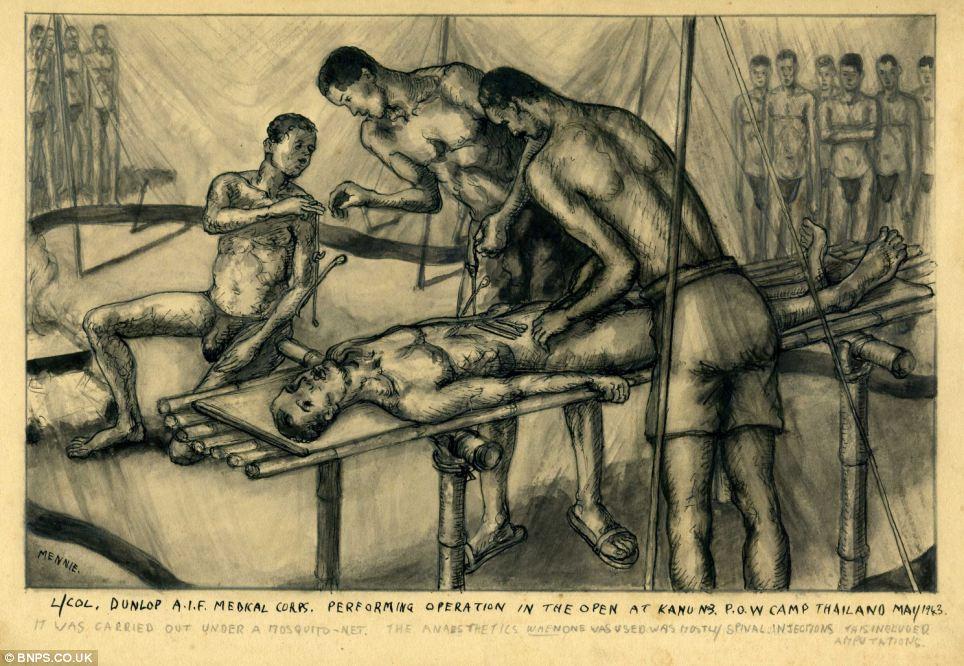 0
0 -
Very nice! I'm jealous.
 0
0 -
CWGC Information
BUTLER, WILLIAM JOSEPH Gunner 1077320 28/05/1944 32 Royal Artillery United Kingdom V. L. 12. SAI WAN WAR CEMETERY
Interesting information from online
0 -
The original box and certificate.
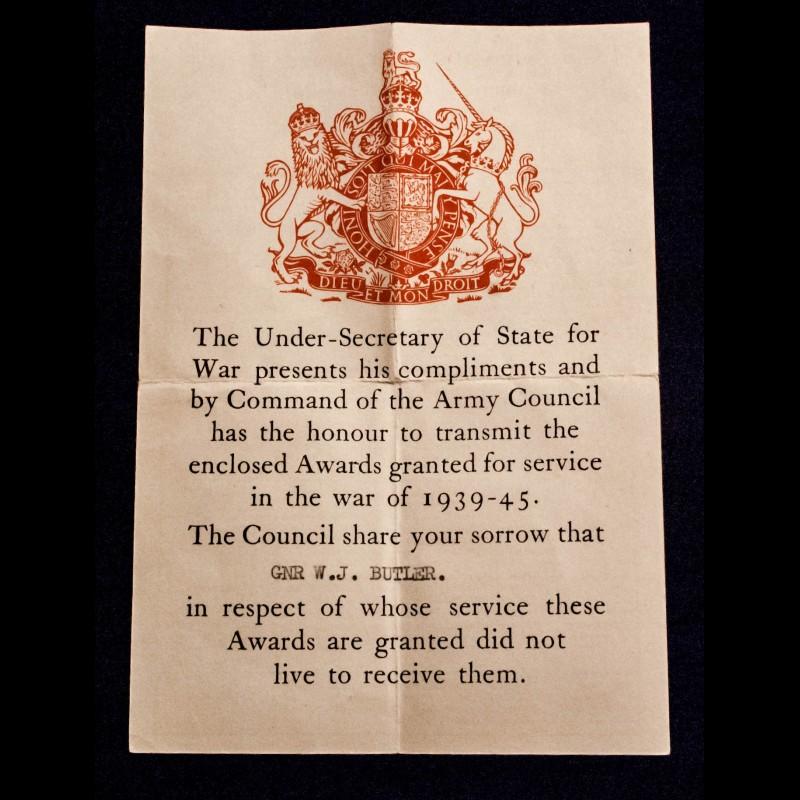
 0
0 -
A Second World War Far East Prisoner of War Casualty group to Gunner
W.J. Butler, 5th Field Regiment, Royal Artillery, who was captured by the
Japanese at the fall of Singapore and died whilst at prisoner on 28th May 1944 in Taiwan.
Group of 3: 1939-45 Star; Pacific Star; War
Medal; together with Army Council Condolence Slip, this named to: 'GNR W.J.
BUTLER'; and box of issue this addressed to: Mrs. M.A. Butler, 24, Bovill Rd.,
Forest Hill, London, S.E.23. Condition: Nearly Extremely Fine. William Joseph
Butler served as a Gunner (No.1077320) with the 5th Field Regiment, Royal
Artillery, and was serving out in Singapore when Japan declared
war. Butler was captured with the fall of Singapore and subsequently died whilst
a prisoner of war on 28th May 1944, After the war his body was taken to Hong Kong and he was
buried in Sai Wan War Cemetery. Aged
32 at the time of his death, he was the son of William Henry and Minnie Alice
Butler, of Forest Hill, London.
China, (including Hong Kong) Identified Casualties: 1059Location InformationSai Wan War Cemetery is in the north-east of the island of Hong Kong, in the Chai Wan area, about 11 kilometres from the centre of Victoria.
At the entrance to the cemetery on Cape Collinson Road stands the memorial to those who died in Hong Kong and have no known grave. From it the cemetery slopes down towards the sea.
The easiest way to reach the cemetery is by the mass transit railway (MTR) Hong Kong line to Chai Wan Terminus.
From the Terminus one can either walk up to the cemetery following Chai Wan Road to the roundabout, turning west into Wan Tsui Road, then south east up Lin Shing Road which leads to Cape Collinson Road. The CWGC road direction sign is fixed to a wall facing down Lin Shing Road.
The Cape Collinson area has many cemeteries. Walking up this narrow one way traffic road, one will pass the Catholic Cemetery situated on the hillside to the left of the road, and the Hong Kong Military Cemetery on the right. Sai Wan War Cemetery is about half way up Cape Collinson Road and faces the Muslim and Buddhist cemeteries.
One can also get a taxi from Chai Wan Terminus and follow the same route. Alternatively one can board a public light bus, Route No. 16M, which runs from Chai Wan MTR Terminus to Stanley where the CWGC has another cemetery (Stanley Military Cemetery).
En route to Stanley the minibus will pass Sai Wan War Cemetery, stopping only on request.
Visiting InformationSai Wan War Cemetery is open daily: 08:00 - 17:00.
The location or design of this site makes wheelchair access impossible. For further information regarding wheelchair access, please contact our Enquiries Section on telephone number 01628 507200.
Historical InformationThe island of Hong Kong fell to the Japanese on Christmas Day 1941 following a brief but intense period of fighting. Most of those buried in this cemetery were killed at this time, or died later as internees or prisoners of war during the Japanese occupation. The remains of those who died as prisoners in Formosa (now Taiwan) were brought to Hong Kong for burial at Sai Wan in 1946.
There are now 1,505 Commonwealth casualties of the Second World War buried or commemorated at Sai Wan War Cemetery. 444 of the burials are unidentified. There are special memorials to 16 Second World War casualties buried in Kowloon (Ho Man Tin) No 3 Muslim Cemetery, whose graves were lost. There are also 77 war graves of other nationalities from this period, the majority of them Dutch and 7 non-world war graves that the Commission maintains on behalf of the MoD.
The cemetery contains special memorials to 12 First World War casualties buried in Kowloon (Ta Sek Ku) Mohammedan Cemetery, whose graves have since been lost.
At the entrance to the cemetery stands the SAI WAN MEMORIAL bearing the names of more than 2,000 Commonwealth servicemen who died in the Battle of Hong Kong or subsequently in captivity and who have no known grave. Additional panels to the memorial form the SAI WAN CREMATION MEMORIAL, bearing the names of 144 Second World War casualties whose remains were cremated in accordance with their faith, and the SAI WAN (CHINA) MEMORIAL, commemorating 72 casualties of both wars whose graves in mainland China could not be maintained.
Both the cemetery and memorial were designed by Colin St Clair Oakes.
0 -
A PoW group to a man who died at the hands of the Japanese.

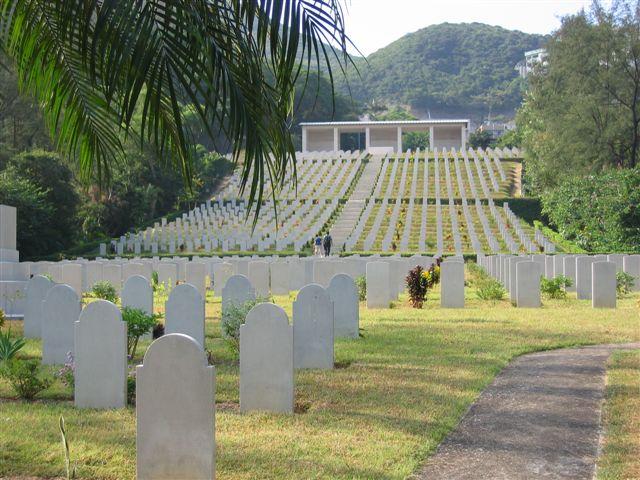 0
0 -
I'm glad that the German Association for War Graves had information on him. Are the records there quite complete?
0 -
I'm sorry to hear that this is a fake... what a shame!
0 -
Hi Jef,
Thank you so very much. I will try and hope for the best. Cheers! John
0 -
Needless to say, I'm surprised myself at how nice it is. My hat is off to Bernhard Holst for all the help in translating the documents. Thank you very much Bernhard!
0 -
Two beautiful groups; you're very lucky to have them. I suspect that the woman whose BWM I have must have had a similar group as your Belgian group. I would love to confirm what Belgian medals she was entitled to. Do you know a way of doing that? Thanks!
0 -
Beautiful group; wish I had it. ; ) Thanks for posting and all the best.
0 -
Recently acquired this unusual British War Medal issued to R. Pluymackers.
Mse. Renee Pluymackers lived at 9 Rue Lulay, Liege with her mother Charlotte and father Joseph (executed) both also entitled to British War Medals. MIC confirms and extract-listing those executed.
I understand these can be confirmed in Belgium along with what Belgian medals were awarded. Can anyone tell me to whom I should write in order to do this? Of course any other information would be greatly appreciated too. Thanks so much in advance.

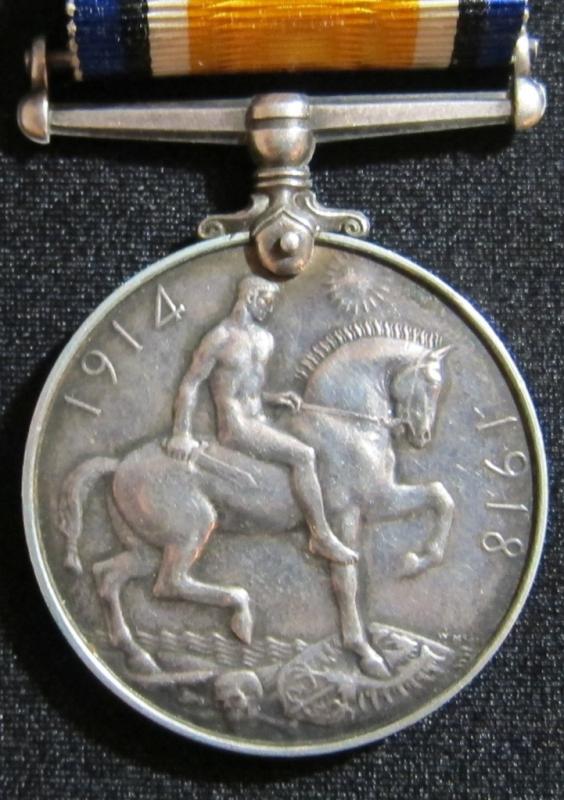 0
0 -
British War Medal issued to R. Pluymackers.
Mse. Renee Pluymackers lived 9 Rue Lulay, Liege with her mother Charlotte and father Joseph (executed) both also entitled to British War Medals. MIC confirms and extract-listing those executed
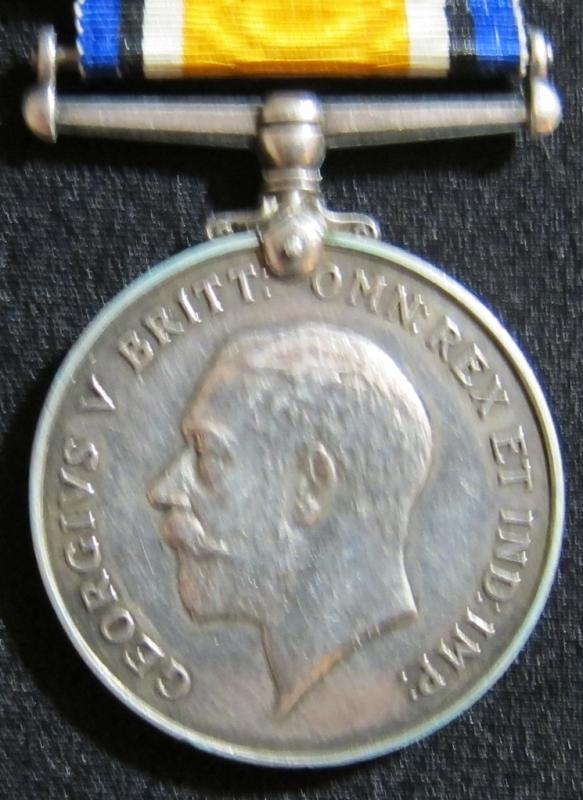
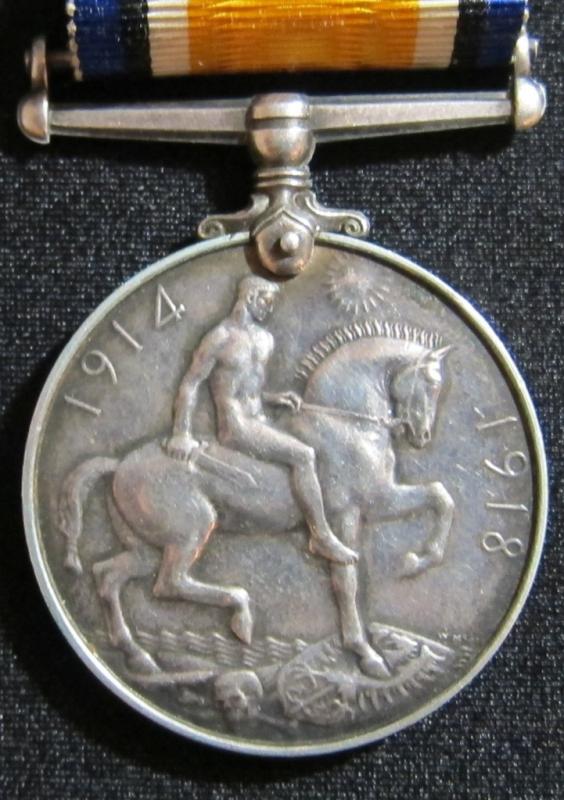 0
0 -
Great photo of the Glosters wearing the above shoulder sleeve insignia; referred to affectionately by many as the frozen A$$hole.
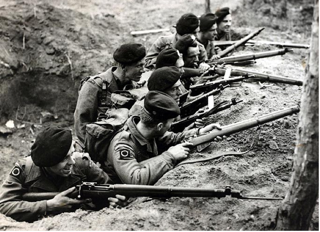 0
0 -
Bernhard,
You're such a help and how wonderful that he kept his daughter's letter all those years and it stayed with the group; very touching. Thank you so much for you help in this.
0



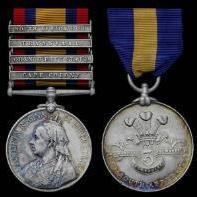
Paper worth more than metal: St. Helene brevets
in Napoleonic Wars
Posted · Edited by azyeoman
Reverse and inside top of box. I'm not sure what the first name is, but the surname appears to be "Lamedaille" and the date is the 13th of October 1857.